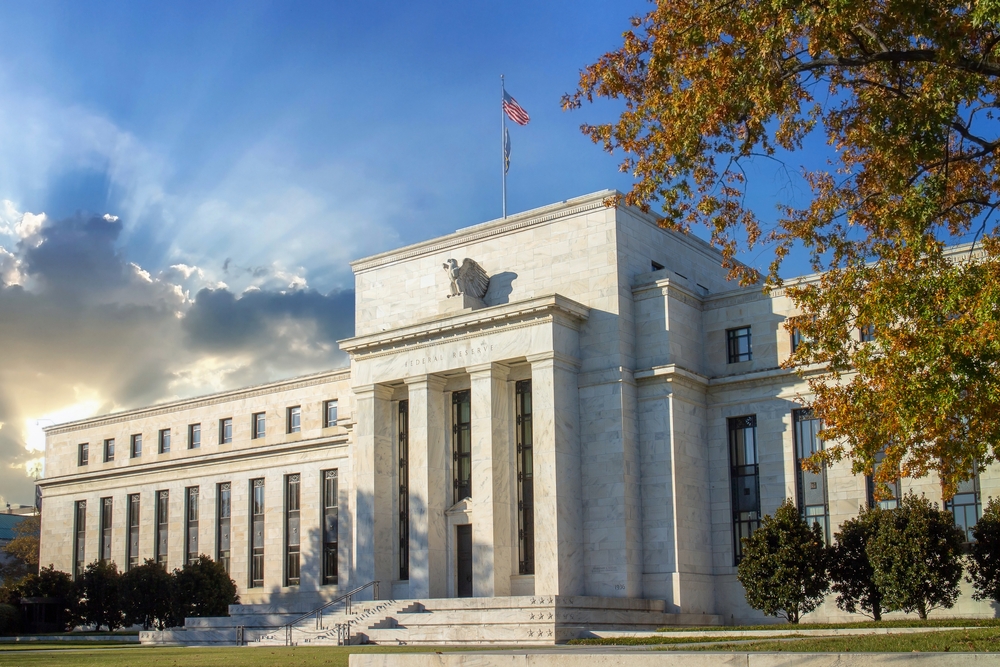The Fed’s Next Moves: What Businesses Should Expect in 2025
As the U.S. economy continues to navigate post-pandemic challenges, rising inflation, and global market uncertainty, the Federal Reserve’s monetary policy decisions have never been more important for businesses. The Fed, which controls interest rates and manages trillions in assets, directly influences borrowing costs, consumer spending, and corporate investment. Understanding its upcoming moves is critical for companies of all sizes, from startups to multinational corporations.
What Is the Federal Reserve Planning Next?
In 2025, the Fed faces a delicate balancing act: maintaining economic growth while keeping inflation under control. Recent data shows inflation has moderated slightly, but supply chain disruptions and labor market pressures persist {1}. Analysts anticipate the Fed may adopt a measured approach with smaller interest rate adjustments rather than aggressive hikes.
For businesses, this signals cautious optimism. Companies should prepare for moderate borrowing costs while maintaining flexibility in financial planning. CFOs and finance teams should monitor Fed announcements closely to adjust capital expenditure, debt management, and investment strategies accordingly.
How Interest Rates Affect Businesses
Interest rates, set by the Federal Open Market Committee (FOMC), are among the most visible levers the Fed controls. Changes affect:
-
Corporate Borrowing: Higher rates increase the cost of loans for expansion, equipment, and operations.
-
Consumer Spending: Rate hikes can slow demand for big-ticket items, impacting retail, automotive, and real estate sectors.
-
Investment Strategy: Companies may adjust M&A activity, stock buybacks, or capital investments based on anticipated financing costs.
In 2025, businesses should expect moderate interest rate volatility. Companies with large debt loads should consider hedging strategies or refinancing to lock in favorable rates.
Related: Did Ken Griffin’s Fed Warning Just Shake Wall Street?
Fed Balance Sheet and Market Liquidity
The Fed’s balance sheet, currently around $7.5 trillion in assets, plays a crucial role in market liquidity. Through quantitative easing or asset purchases, the Fed can inject capital into the economy, stabilizing financial markets during periods of stress {2}.
For businesses, these policies matter because they affect credit availability, lending conditions, and investor confidence. Companies should track Fed balance sheet updates to anticipate shifts in liquidity and plan financing accordingly.
Guidance for Businesses: How to Prepare
-
Monitor Fed Communications: FOMC statements, minutes, and speeches from Chair Jerome Powell provide forward-looking insights on policy. Being proactive allows businesses to adjust borrowing and investment plans.
-
Stress Test Financial Plans: Companies should model scenarios based on interest rate changes, inflation trends, and liquidity conditions to ensure resilience.
-
Optimize Capital Structure: Consider refinancing high-cost debt or adjusting debt-equity ratios to reduce vulnerability to rate fluctuations.
-
Evaluate Investment Timing: Expansion plans, M&A, and capital expenditures should align with anticipated Fed actions to avoid costly financing surprises.
-
Stay Informed on Macro Trends: International markets, exchange rates, and commodity prices are influenced by Fed policy, affecting businesses with global operations.
The Role of Politics and Market Perception
While the Fed is legally independent, political events often influence market perception. The recent firing of Fed Governor Lisa Cook, for example, raised questions about the potential politicization of monetary policy {1}. Businesses should factor in not just actual policy changes, but also market reactions to political developments, as investor sentiment can affect credit spreads, equity valuations, and capital costs.
Conclusion
In 2025, the Federal Reserve will continue to shape the economic landscape. While interest rates are expected to remain moderate, businesses must remain vigilant, adaptable, and informed. By monitoring Fed actions, stress-testing financial plans, and preparing for shifts in liquidity and financing conditions, companies can navigate uncertainty and position themselves for growth.
Ultimately, understanding the Fed’s moves is no longer just for economists—it’s a strategic imperative for business leaders aiming to thrive in a dynamic, policy-influenced environment.
Related: Jerome Powell: From Law to the Fed’s Helm
Related: Trump’s Power Move Against the Federal Reserve
Sources
{1} CNN – US Inflation Moderates, Fed Faces Policy Balancing Act
{2} Federal Reserve – The Structure and Role of the Federal Reserve System
{3} Bloomberg – Jerome Powell Signals Cautious Monetary Policy in 2025
{4} Reuters – Fed Balance Sheet Holds Trillions, Stabilizing Markets














